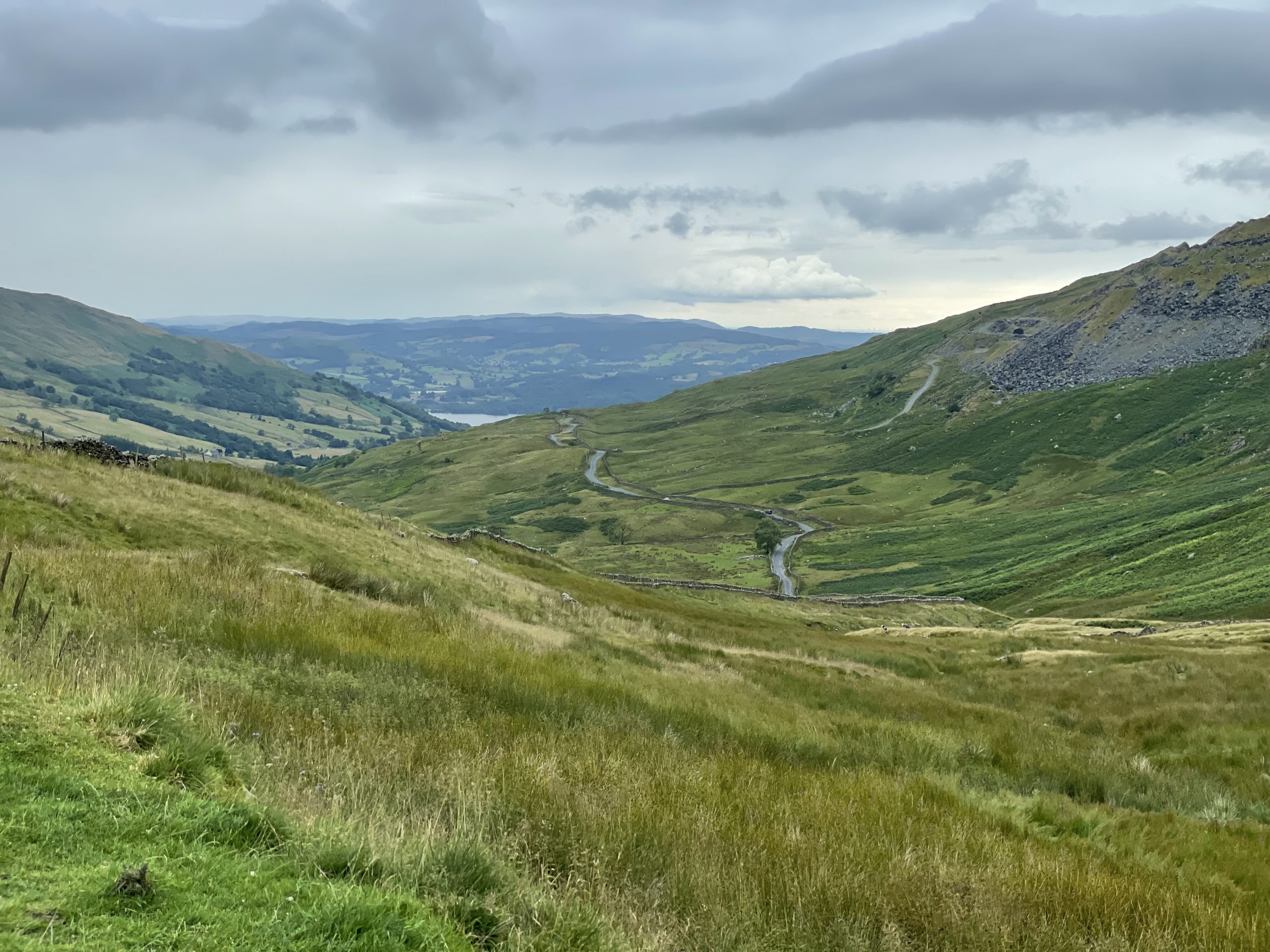
Travel photography is both an art and a science that allows you to capture the soul of your travels, transforming ordinary scenes into extraordinary memories. Whether navigating the bustling streets of a foreign city or soaking in the tranquil landscapes of a secluded beach, the right photography techniques can elevate your images from good to breathtaking. This guide delves into essential tips for every travel enthusiast looking to immortalize their journey through the lens.
Understanding Light
The magic of photography largely depends on light. For travel photographers, mastering the use of natural light is crucial. The golden hours—just after sunrise and before sunset—offer soft, diffused light that can dramatically enhance your photographs with warm hues and elongated shadows. During these times, natural light is generally more forgiving and can beautifully highlight the textures and details of your subject.
Conversely, midday light tends to be harsh and can create unflattering shadows and highlights. However, this light can be used to your advantage when photographing landscapes with deep contrasts or capturing urban life’s vibrancy. By understanding the dynamics of light and shadow, you can create depth and interest in your photos, even under challenging conditions.
Composing Your Shot
Composition is fundamental in travel photography. It’s about more than just capturing a subject; it’s about presenting it within the frame. The rule of thirds is a classic composition technique: imagine dividing the frame into a grid of nine equal segments and placing your subject along these lines or at their intersections. This placement creates a more balanced photo that draws the viewer’s eye across the image.
Leading lines, such as roads, train tracks, or rivers, can guide the viewer’s gaze through the photograph, often leading to a focal point that emphasizes the main subject. Additionally, framing your shots with natural elements like trees or archways can add depth and context to the image, connecting the subject to its environment and enhancing the storytelling aspect of your photo.
Choosing the Right Gear
The choice of equipment can significantly impact the quality and ease of capturing great travel photos. While a professional DSLR provides high-quality images and versatility with various lenses, carrying it can also be cumbersome during long travel days. Mirrorless cameras are a lighter alternative, offering similar quality without the bulk.
For those who prefer to travel light, modern smartphones have advanced photography capabilities that can surprisingly compete with professional cameras in certain scenarios. Regardless of your choice, consider the type of travel and what you wish to capture when selecting your equipment. A good travel camera bag with padded compartments is also essential to protect your gear from the rigors of the road.
Experimenting with Perspective
Unique perspectives can turn an ordinary photo into a compelling narrative. Don’t hesitate to change your viewpoint to capture a more intriguing shot. Try shooting from high above or ground level to create varying emotional effects—looking down can give landscapes a sense of grandeur, while shooting from below can make subjects appear more formidable or majestic.
Additionally, incorporating local elements, such as people in traditional attire or everyday street scenes, can add authenticity and cultural depth to your photographs. These elements provide context and a sense of place, making your images more engaging and relatable.
Editing and Post-Processing
Post-processing is a powerful tool for refining your photos and bringing out their best features. Basic adjustments like cropping, color correction, and light enhancement can make a significant difference. Editing software and apps offer a range of filters and tools to correct any shortcomings and enhance the mood or atmosphere of your photographs.
However, it’s important to use editing subtly to avoid overprocessing. The goal should be to enhance the natural beauty of the shot without making it look unnatural. Balanced editing can help you achieve just the right touch to convey the emotion and beauty of the scene as you experience it.
Travel photography is an exhilarating way to connect with the world and share your experiences. By mastering the art of light, composition, and perspective and choosing the right equipment, you can greatly enhance the impact of your photos. Each image you capture serves as a personal memento of your journey and an artistic expression of the places and people you’ve encountered. With these tips, you’re well-equipped to capture stunning photographs that encapsulate the spirit of your travels, inviting viewers to see the world through your unique lens.